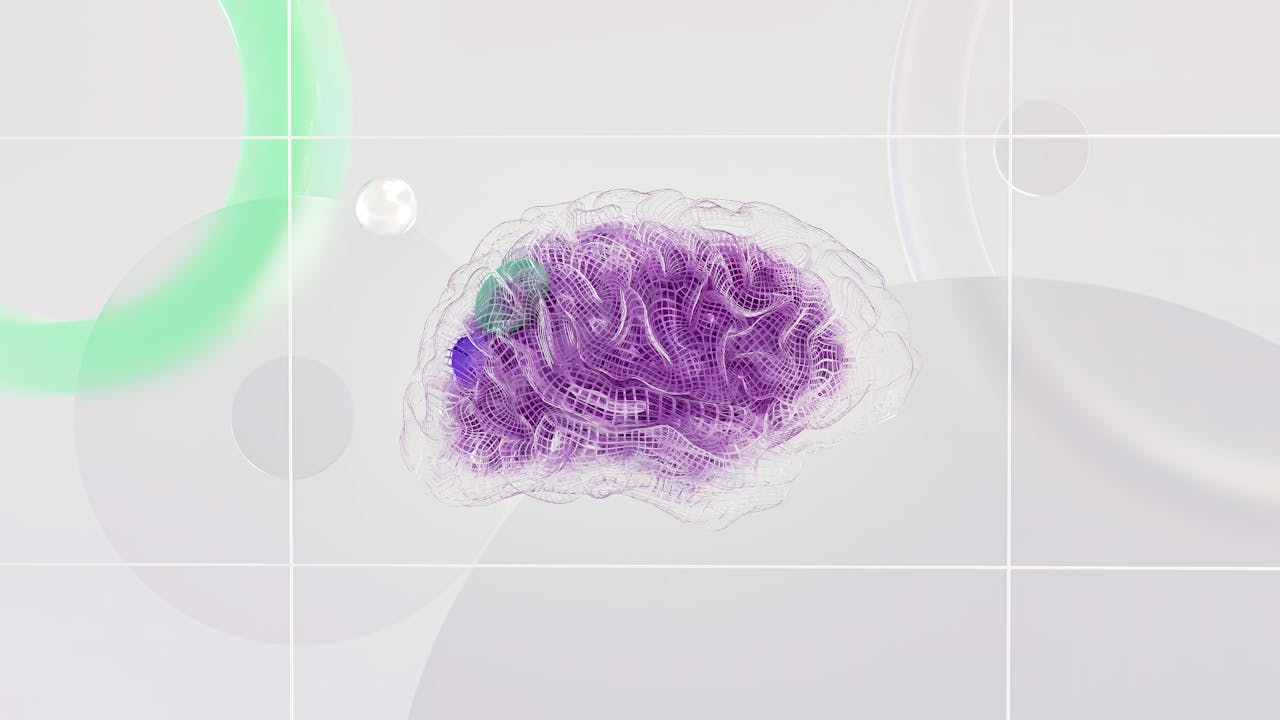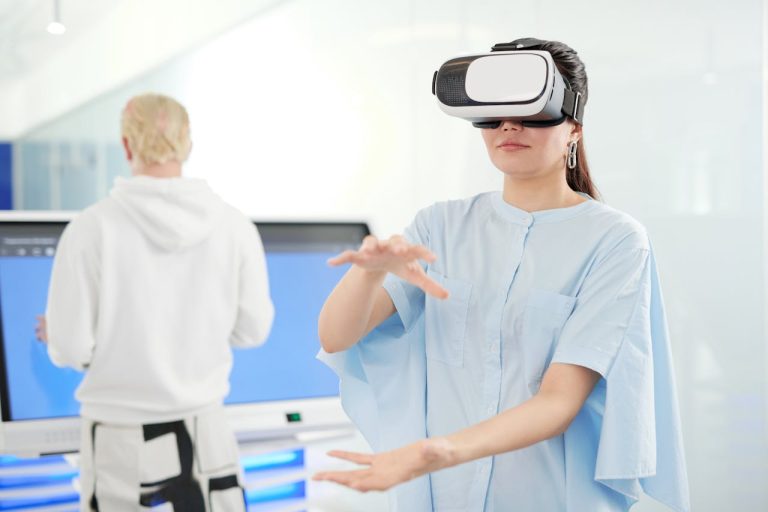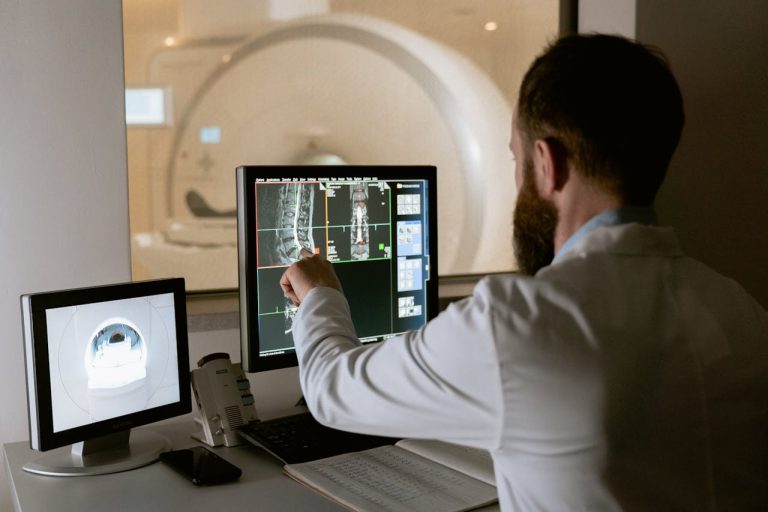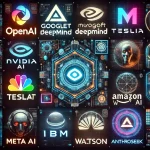Why Does AI Need to Mimic the Human Brain?
Artificial intelligence (AI) has made significant progress in recent years, but modern deep learning systems still face high power consumption, reliance on large datasets, and inefficient processing. For example, training large-scale models like ChatGPT requires thousands of GPUs, consuming massive amounts of electricity. In contrast, the human brain performs complex reasoning and decision-making with just 20 watts of power.
Neuromorphic computing is emerging as a potential solution to these challenges. This approach mimics the neural structure and signal transmission of the human brain, enabling AI to be more efficient and energy-saving. In 2025, breakthroughs in brain-inspired chips and spiking neural networks (SNNs) are positioning neuromorphic computing as a key trend in AI development.
How will neuromorphic computing reshape AI? Which industries will benefit the most? This article explores the latest advancements, real-world applications, and future prospects of this technology.
1. Understanding Neuromorphic Computing: How It Differs from Traditional AI?
1.1 Traditional AI vs. Neuromorphic Computing
| Traditional AI Computing | Neuromorphic Computing | |
|---|---|---|
| Processing Method | Relies on GPUs/TPUs for matrix computation | Uses spiking neural networks (SNNs) for computation |
| Power Consumption | High energy usage (e.g., GPT-4 training consumes millions of kWh) | Low power consumption, similar to the human brain |
| Best for | Large-scale data training, image recognition, language processing | Real-time learning, low-power inference, embedded AI |
| Response Speed | Depends on large datasets, slower inference speed | Mimics neurons, enabling instant response |
1.2 Core Technologies of Neuromorphic Computing
- Spiking Neural Networks (SNNs): Unlike traditional AI, which uses continuous values, SNNs process discrete spike signals, making AI more energy-efficient.
- Neuromorphic Chips: Hardware designed with brain-like architecture, such as Intel Loihi 2, IBM TrueNorth, and BrainChip Akida, allowing AI to perform “brain-like” computations.
2. Latest Developments in 2025
2.1 Hardware Breakthroughs: Evolution of Brain-Inspired Chips
2.1.1. Intel Loihi 2
- 128-core neuromorphic computing architecture
- 10x higher efficiency than traditional AI
- Ideal for edge computing and IoT devices
2.1.2. IBM TrueNorth
- One million neuron architecture, optimized for low-power AI applications
- Used in medical diagnostics and intelligent robotics
2.1.3. BrainChip Akida
- Designed for autonomous vehicles and smart security
- Provides real-time AI learning without extensive training datasets
2.2 New AI Applications Enabled by Neuromorphic Computing
✅ Autonomous Driving: Lower power consumption enables AI to process road conditions faster.
✅ Medical Diagnostics: Brain-inspired chips improve the analysis of Parkinson’s and Alzheimer’s disease, enhancing accuracy.
✅ Smart Robotics: Real-time learning allows robots to interact more naturally.
3. Real-World Case Studies: How Neuromorphic Computing is Transforming AI?
Case 1: Intel Loihi 2 Enhances AI Efficiency
In 2024, Intel reported that Loihi 2 improved computing efficiency by 10x. Partnering with Dell, Intel developed AI-powered edge computing devices, reducing power consumption for smart home and autonomous driving applications.
Case 2: BrainChip Akida in Healthcare AI
An Australian hospital used BrainChip Akida for Parkinson’s disease analysis, achieving a 60% reduction in computing power consumption and a 15% increase in diagnostic accuracy compared to traditional AI models.
4. Opportunities and Challenges of Neuromorphic Computing
4.1 Key Advantages
✅ Low Power Consumption: More energy-efficient than GPUs/TPUs, ideal for embedded AI applications.
✅ Real-Time Inference: Suited for autonomous driving, security monitoring, and IoT devices.
✅ Adaptive Learning: AI can learn independently without massive datasets.
4.2 Major Challenges
❌ Difficult Programming: Currently lacks mature development frameworks.
❌ Limited Hardware Compatibility: Most AI architectures still rely on GPUs/TPUs.
❌ Industry Adoption is Slow: Developers need to learn new programming models.
5. My Thoughts on Neuromorphic Computing
Will AI Become More Like the Human Brain?
In the short term, neuromorphic computing will not grant AI full “consciousness,” but it will significantly enhance efficiency and power savings. Its potential is already evident in autonomous driving and medical diagnostics.
Will It Replace Traditional AI?
I believe neuromorphic computing and deep learning will coexist for the next 5-10 years. While deep learning excels in big data analysis, neuromorphic computing will gradually dominate low-power AI and edge computing.
Future Outlook and Industry Impact
- By 2025, neuromorphic computing has entered commercialization but still faces technical and market challenges.
- In the next 3-5 years, brain-inspired chips will see wider adoption in autonomous vehicles and healthcare.
- Developers should track the latest research from Intel, IBM, and BrainChip to stay ahead.
💬 Do you think neuromorphic computing can make AI more human-like? Share your thoughts in the comments!
🔗 Found this article helpful? Share it with your friends and let more people explore this cutting-edge technology!







